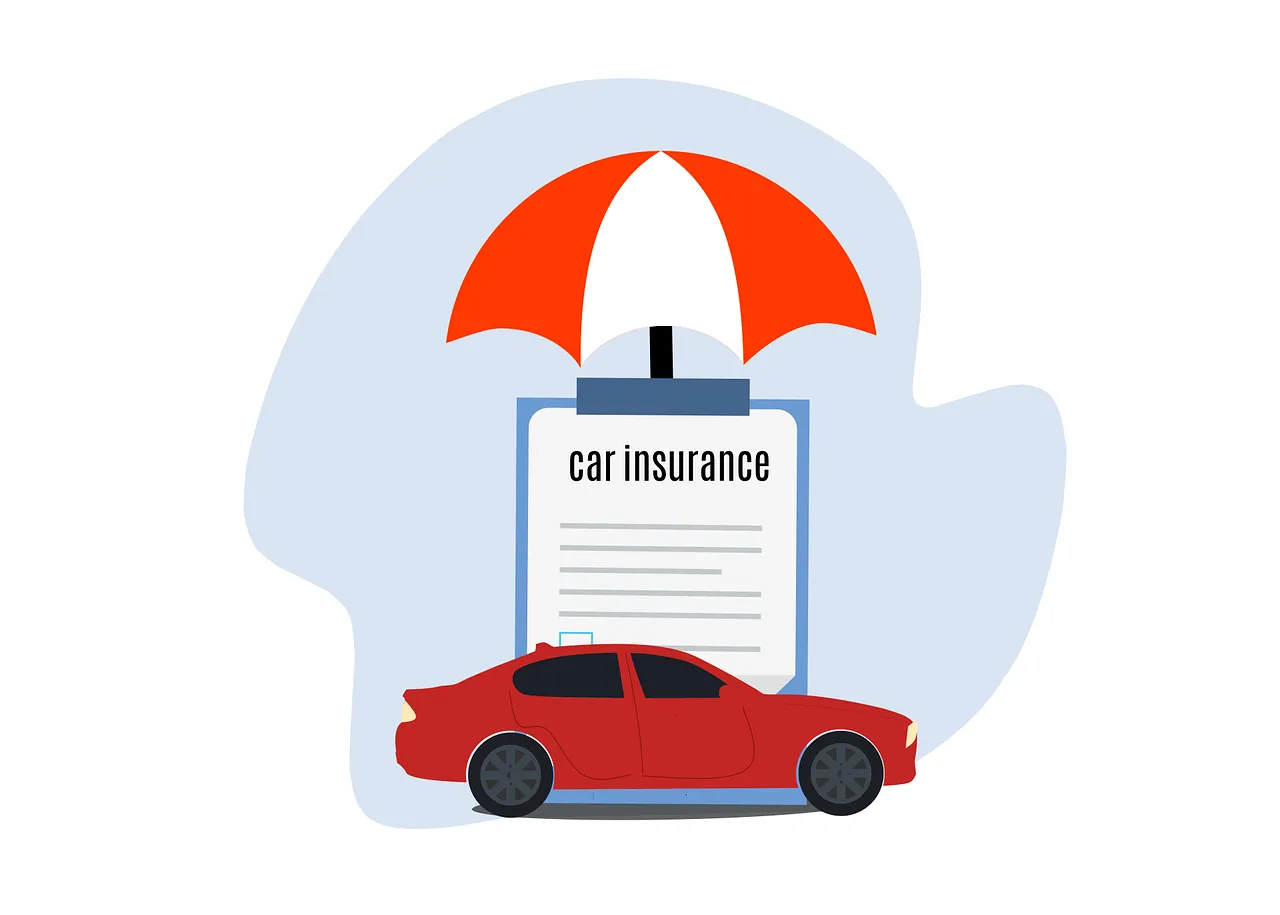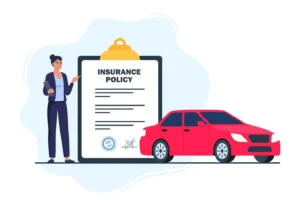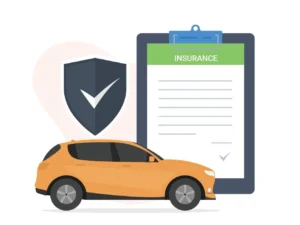Comparing Auto Insurance Quotes: How to Find the Best Coverage for Your Budget

Auto insurance is a necessary expense for drivers, but finding the right coverage at an affordable price can be a daunting task. With numerous insurance providers and a wide range of coverage options available, it’s essential to know how to compare auto insurance quotes effectively. In this comprehensive guide, we’ll take you through the step-by-step process of comparing quotes from different providers to help you find the best coverage for your budget.
Contents
- Table of Contents
- 1. Introduction
- 2. Assess Your Auto Insurance Needs
- 3. Gather Necessary Information
- 4. Obtain Multiple Quotes
- 5. Evaluate Coverage Options
- 6. Compare Premiums and Deductibles
- 7. Examine Discounts and Savings
- 8. Review the Fine Print
- 9. Seek Recommendations and Read Reviews
- 10. Make Your Decision
- 11. Conclusion
Table of Contents
- Introduction
- Assess Your Auto Insurance Needs
- Gather Necessary Information
- Obtain Multiple Quotes
- Evaluate Coverage Options
- Compare Premiums and Deductibles
- Examine Discounts and Savings
- Review the Fine Print
- Seek Recommendations and Read Reviews
- Make Your Decision
- Conclusion
1. Introduction
Auto insurance is a financial safety net that provides protection in case of accidents, theft, or damage to your vehicle. However, finding the right coverage at a reasonable price can be challenging. This guide will walk you through the process of comparing auto insurance quotes, ensuring that you not only get the coverage you need but also stay within your budget.
2. Assess Your Auto Insurance Needs
Before you start comparing quotes, it’s crucial to assess your auto insurance needs. Consider factors such as the value of your vehicle, your driving habits, and your financial situation. Do you need comprehensive coverage, or would basic liability coverage suffice? Understanding your needs will help you make informed decisions.
3. Gather Necessary Information
To obtain accurate quotes, you’ll need to provide specific information about yourself and your vehicle. This typically includes:
- Personal information: Name, address, date of birth, and driver’s license number.
- Vehicle details: Make, model, year, and Vehicle Identification Number (VIN).
- Driving history: Information about accidents, violations, and claims in the past.
Having this information readily available will streamline the quote comparison process.
4. Obtain Multiple Quotes
To find the best coverage for your budget, it’s essential to obtain quotes from multiple insurance providers. You can do this through various channels:
- Online Comparison Tools: There are numerous websites and apps that allow you to enter your information once and receive quotes from multiple insurers.
- Contact Insurance Companies Directly: You can also call insurance companies or visit their websites individually to request quotes.
- Insurance Agents/Brokers: Working with an insurance agent or broker can be beneficial, as they can provide you with quotes from multiple insurers and offer expert guidance.
5. Evaluate Coverage Options
When comparing quotes, pay close attention to the coverage options offered. Consider the following:
- Liability Coverage: This covers damages and injuries you may cause to others in an accident for which you are at fault.
- Collision Coverage: It covers damages to your vehicle resulting from a collision with another vehicle or object.
- Comprehensive Coverage: This covers non-collision-related damages, such as theft, vandalism, natural disasters, or collisions with animals.
- Personal Injury Protection (PIP) or Medical Payments: PIP covers medical expenses for you and your passengers, while medical payments coverage pays for medical bills, regardless of fault.
6. Compare Premiums and Deductibles
Premiums and deductibles play a significant role in the cost of auto insurance. When comparing quotes, consider the following:
- Premiums: This is the amount you pay for insurance coverage. Ensure that the premiums fit within your budget.
- Deductibles: Deductibles are the out-of-pocket expenses you must pay before your insurance coverage kicks in. Higher deductibles typically result in lower premiums, but be sure you can afford the deductible in case of a claim.
7. Examine Discounts and Savings
Many insurance providers offer discounts that can significantly reduce your premiums. Some common discounts include:
- Safe Driver Discount: Offered to individuals with a clean driving record.
- Good Student Discount: Available to students with good grades.
- Safety Features Discount: Offered for vehicles equipped with safety features.
- Multi-Policy Discount: Bundling auto insurance with other policies can lead to significant savings.
8. Review the Fine Print
When you receive insurance quotes, don’t forget to review the fine print. Pay attention to policy limits, exclusions, and any additional fees or charges that may apply. Understanding the details of each policy is crucial in making an informed decision.
9. Seek Recommendations and Read Reviews
Before making a decision, seek recommendations from friends, family, or colleagues who have had positive experiences with their insurers. Additionally, read online reviews and check the financial stability of the insurance companies you are considering.
10. Make Your Decision
Once you’ve obtained multiple quotes, evaluated coverage options, considered premiums and deductibles, examined discounts, reviewed the fine print, and sought recommendations, it’s time to make your decision. Choose the insurance provider and policy that best aligns with your needs and budget.
11. Conclusion
Comparing auto insurance quotes is a crucial step in finding the best coverage for your budget. By following the steps outlined in this guide, you can make an informed decision and ensure that you have the protection you need while keeping your premiums manageable. Remember that auto insurance is not a one-size-fits-all solution, so take the time to tailor your coverage to your specific needs and financial situation.









